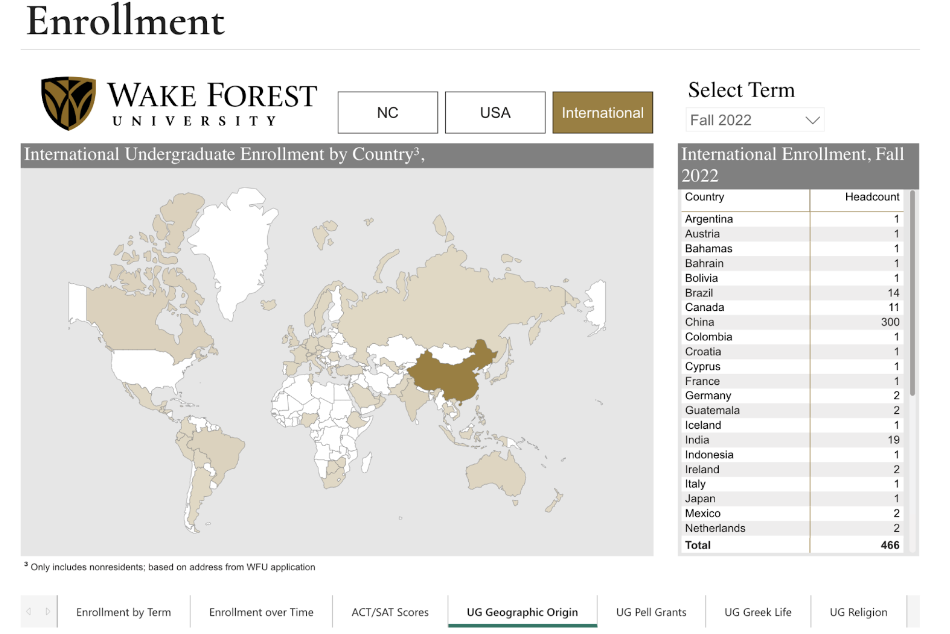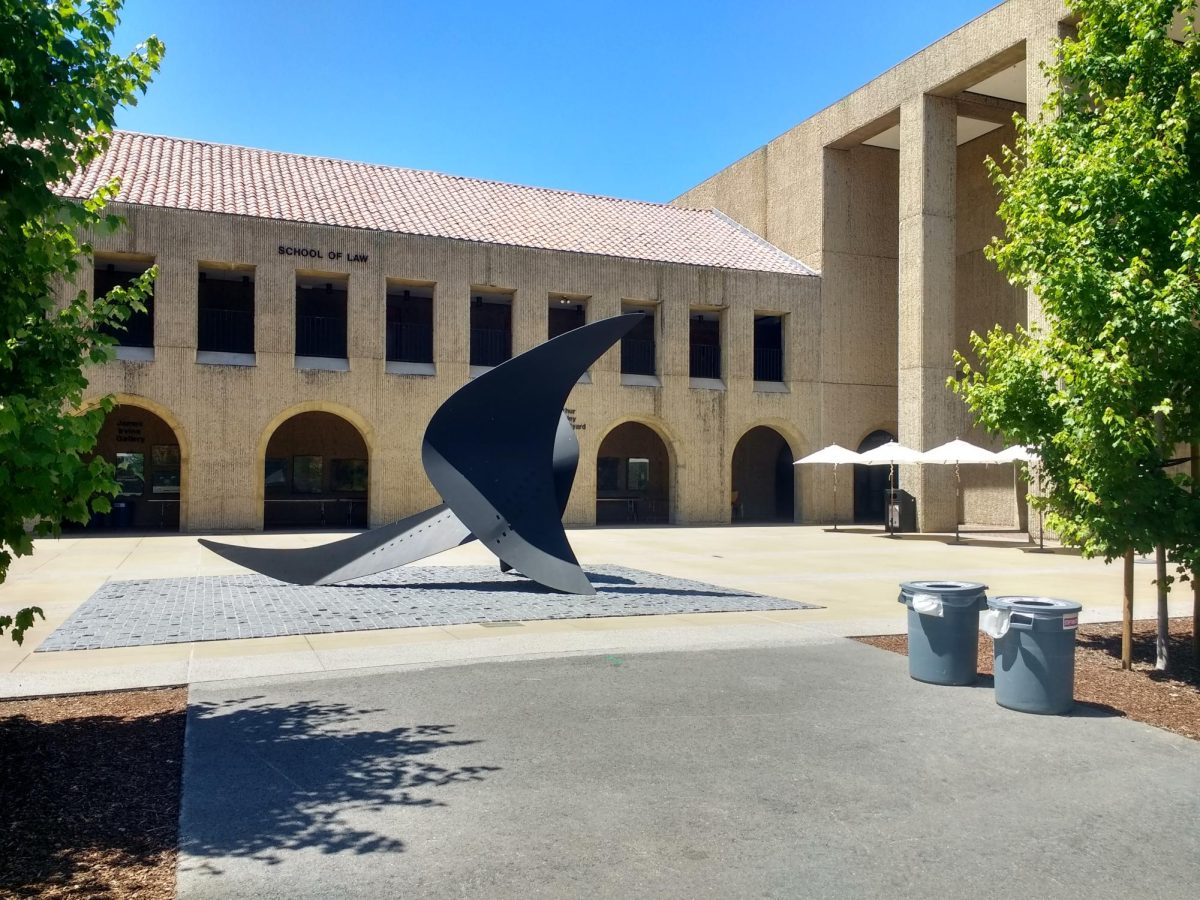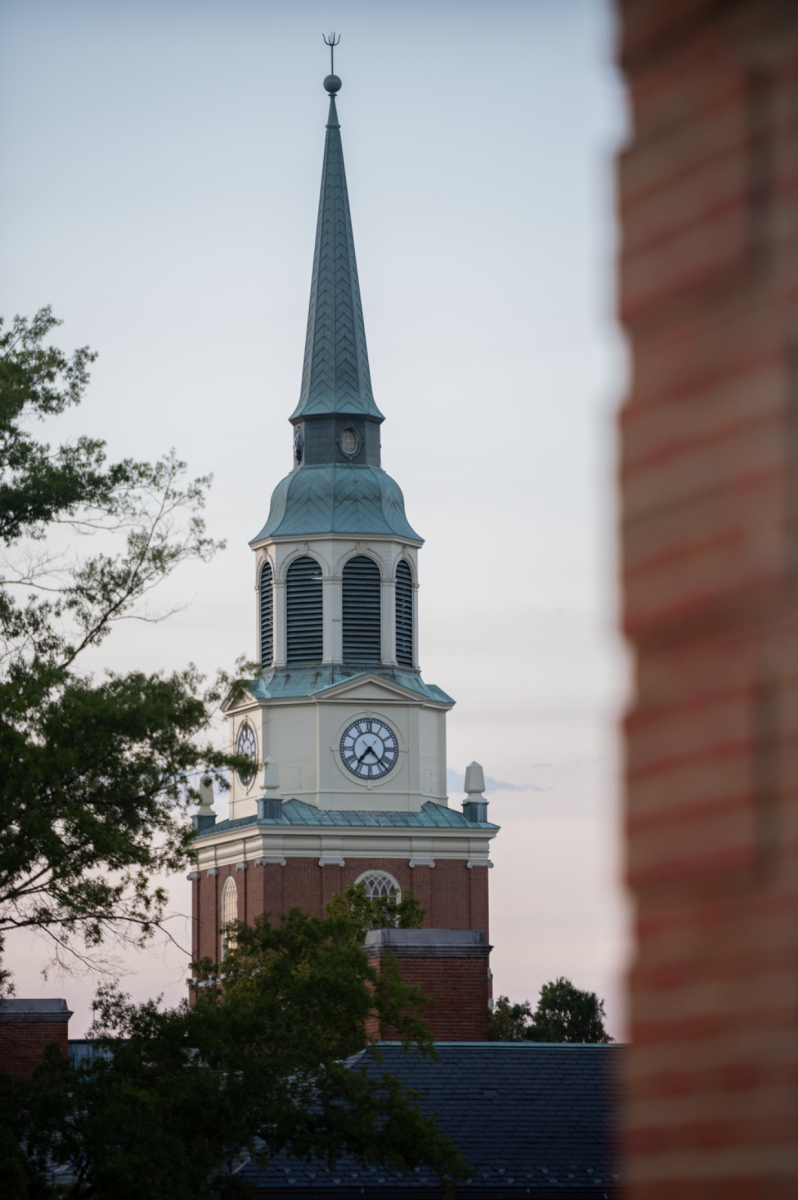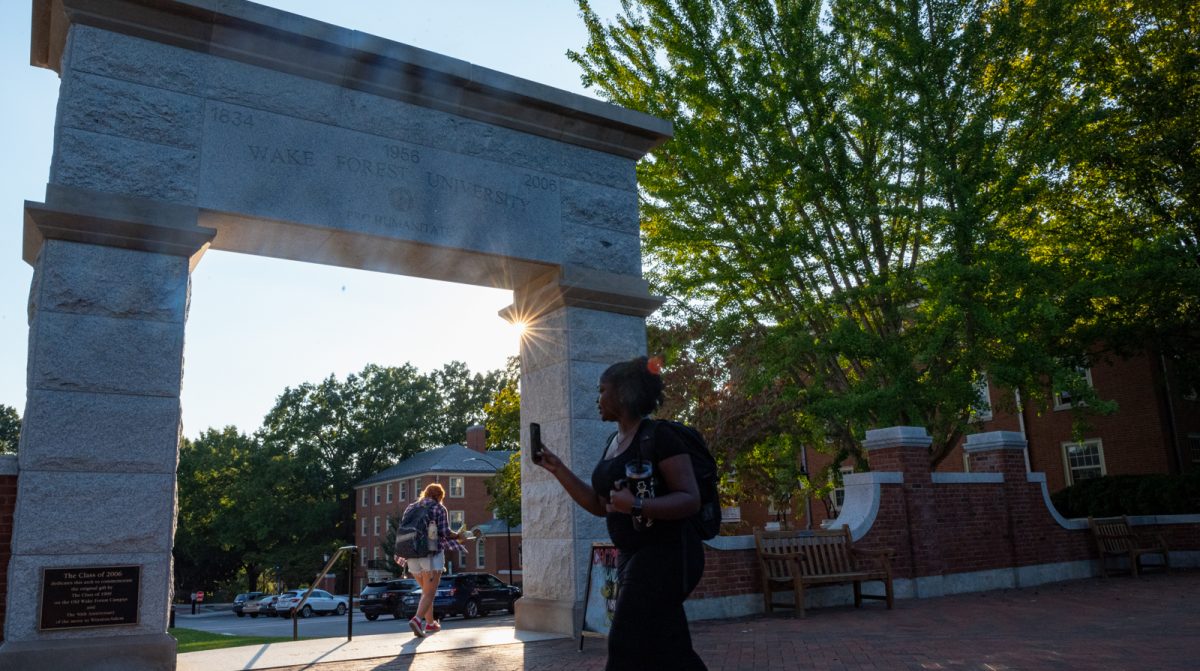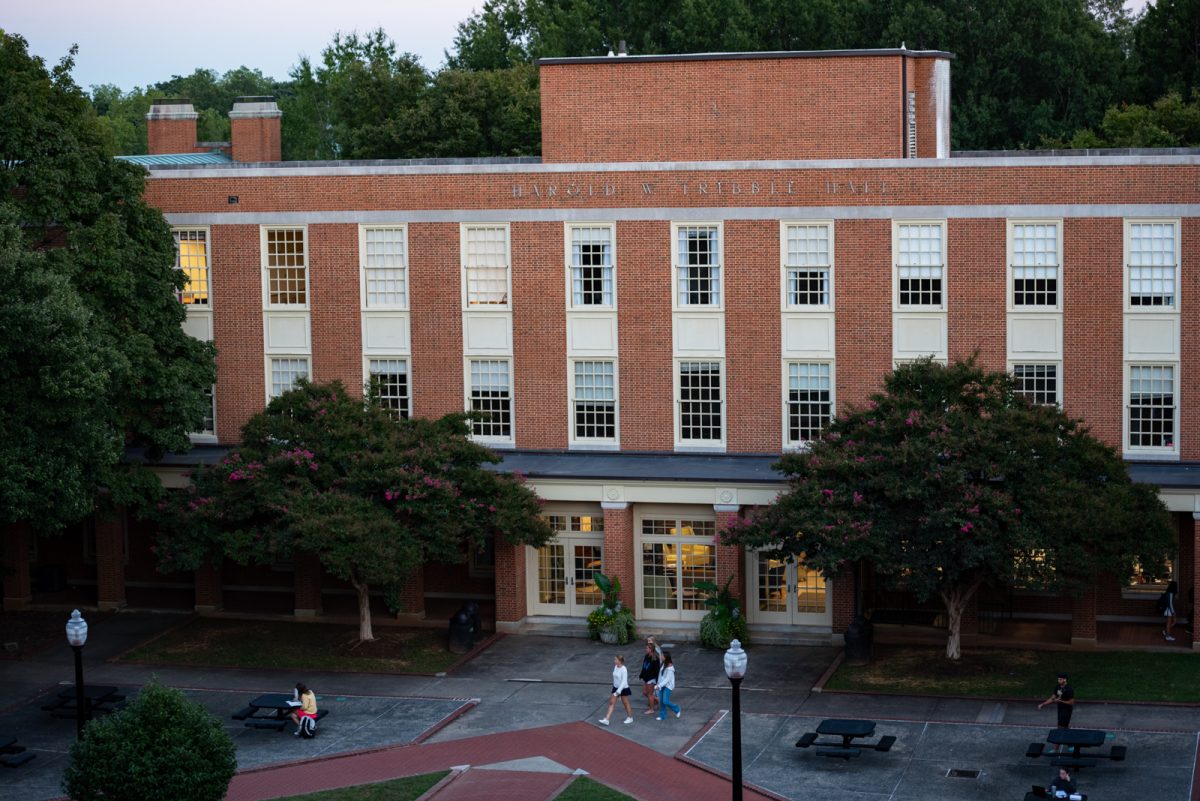This year’s U.S. News & World Report’s college rankings sparked controversy by overhauling its metrics — marking one of the most contentious lists in the publication’s 34-year history.
Not every institution saw seismic shifts in its ranking, or even a shift at all — Princeton University maintained its stronghold as the nation’s top-ranked institution, with Massachusetts Institute of Technology (MIT) securing the second position. Harvard and Stanford found themselves in a tie for the third spot.
Many were shocked, however, when several lesser-known public universities made dramatic leaps in the rankings, unseating their traditionally more prestigious counterparts. Notable among these were Texas State University, which soared an impressive 51 places to No. 280 from No. 229, and Northern Arizona University, which stunned with an astounding 68-place surge to No. 249.
Wake Forest University’s rank in the National Universities category fell from No. 29 in 2023 to No. 47 in 2024. By contrast, UNC Chapel Hill surged from No. 29 to No. 22, 25 spots ahead of Wake Forest.
UNC Chapel Hill is among several institutions that Wake Forest considers “peer institutions” — institutions whose data the university uses to make comparisons. According to the Office of Institutional Research, peer lists are determined by the comparison desired, such as undergraduate data or university data.
The significant shift in rankings is due to a revamped algorithm by the U.S. News & World Report. U.S. News introduced new metrics related to first-generation college students and the post-graduation earning potential of recent graduates in comparison to high school graduates.
Despite students being informed about the recent metric adjustments, the overall sentiment was decidedly negative. Students expressed frustration at the considerable leaps in rankings made by less prestigious institutions, especially state schools.
“If we’re going to be outranked by state schools like Ohio State, I’m questioning the value of the tuition and my choice to attend Wake Forest,” said freshman Jeremy Cao.
The methodology choices and corresponding inexplicable swings in the rankings indicate either the previous methodologies were flawed and needed a dramatic overhaul or that this year’s results are unreliable because they are so different from everything U.S. News previously produced.”
— Matt Bennett, American University spokesman
Notably, private colleges and universities faced an unexpected setback, with one of their cherished attributes, small class sizes, no longer contributing to their scores. In previous years, class size accounted for 8% of an institution’s score, but it was omitted from this year’s calculations.
Moreover, U.S. News eliminated several other criteria that had previously played a role in ranking institutions, including terminal degree faculty (3%), alumni giving average (3%), graduate debt proportion borrowing (2%) and high school class standing (2%), collectively amounting to 10% of an institution’s score.
This exclusion hit colleges like Wake Forest particularly hard. The University of Chicago, formerly a fixture in the top 10, slid from 6th to 12th place. Tulane University fell from No. 44 to No. 73. American University and Howard University also experienced a similar fate, with American University slipping from No. 72 to No. 105, and Howard University dropping from its previous No. 89 ranking to a lower No. 115 place.
“The methodology choices and corresponding inexplicable swings in the rankings indicate either the previous methodologies were flawed and needed a dramatic overhaul or that this year’s results are unreliable because they are so different from everything U.S. News previously produced,” said American University spokesman Matt Bennett.
Twenty-four of the top-30 schools whose rankings improved from last year are public schools. The University of California Berkeley, and the University of California Los Angeles (UCLA), tied as the nation’s top public schools after both leaped five places to claim the No. 15 spot. The University of Maryland, a public flagship, cracked the top 50, rising nine steps to 46th. George Mason University, the largest public university in Virginia, rose from 137th to 105th.
“We increased the emphasis on how often schools’ students from all socioeconomic backgrounds earned degrees and took advantage of information on graduate outcomes that was not available until recently,” wrote the U.S. News.
Despite the controversies and criticism surrounding these changes, one thing remains clear: the U.S. News college rankings continue to hold immense sway over students and parents, shaping perceptions of institutional prestige. As the debate rages on, it remains to be seen how these rankings will evolve and adapt in the ever-changing landscape of higher education.








